It is something of a mystery why the Bodley Head has decided to publish Robert Caro’s The Power Broker in Britain more than 40 years after the initial appearance in the US of this classic work — but better late than never. Caro’s remarkable portrait of New York City’s master planner Robert Moses merits publication in any language, at any moment in time.
Already a subscriber? Log in
Subscribe for just $2 a week
Try a month of The Spectator Australia absolutely free and without commitment. Not only that but – if you choose to continue – you’ll pay just $2 a week for your first year.
- Unlimited access to spectator.com.au and app
- The weekly edition on the Spectator Australia app
- Spectator podcasts and newsletters
- Full access to spectator.co.uk
Unlock this article
Available from the Spectator Bookshop, £28 Tel: 08430 600033. John R. MacArthur is president of Harper’s magazine and author of You Can’t Be President and L’Illusion Obama.
You might disagree with half of it, but you’ll enjoy reading all of it. Try your first month for free, then just $2 a week for the remainder of your first year.

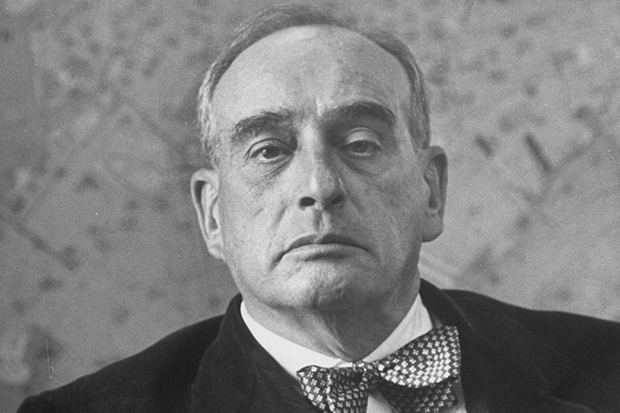
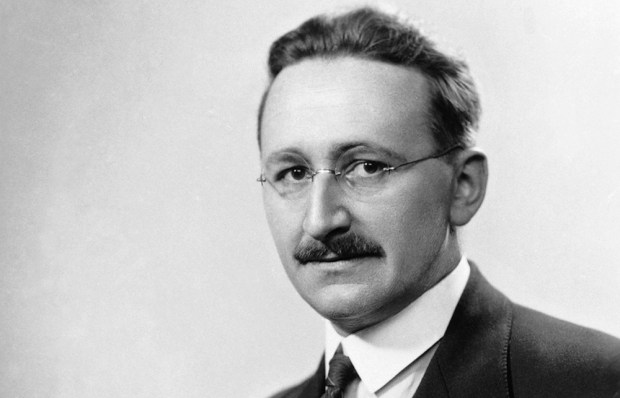

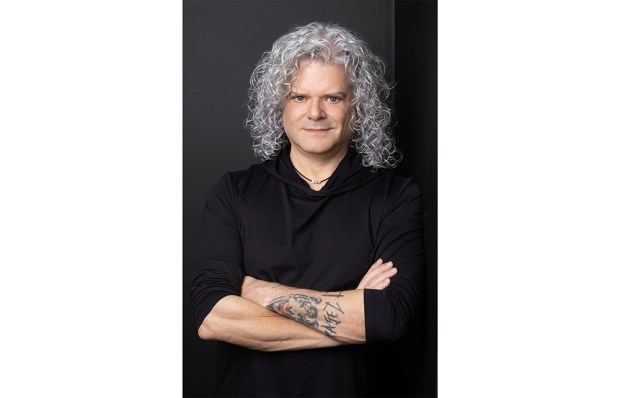
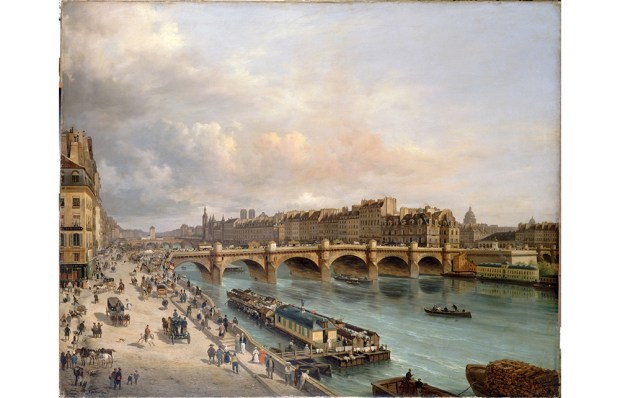

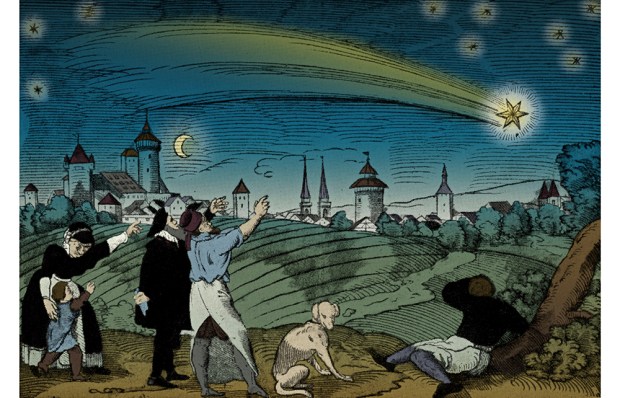






Comments
Don't miss out
Join the conversation with other Spectator Australia readers. Subscribe to leave a comment.
SUBSCRIBEAlready a subscriber? Log in